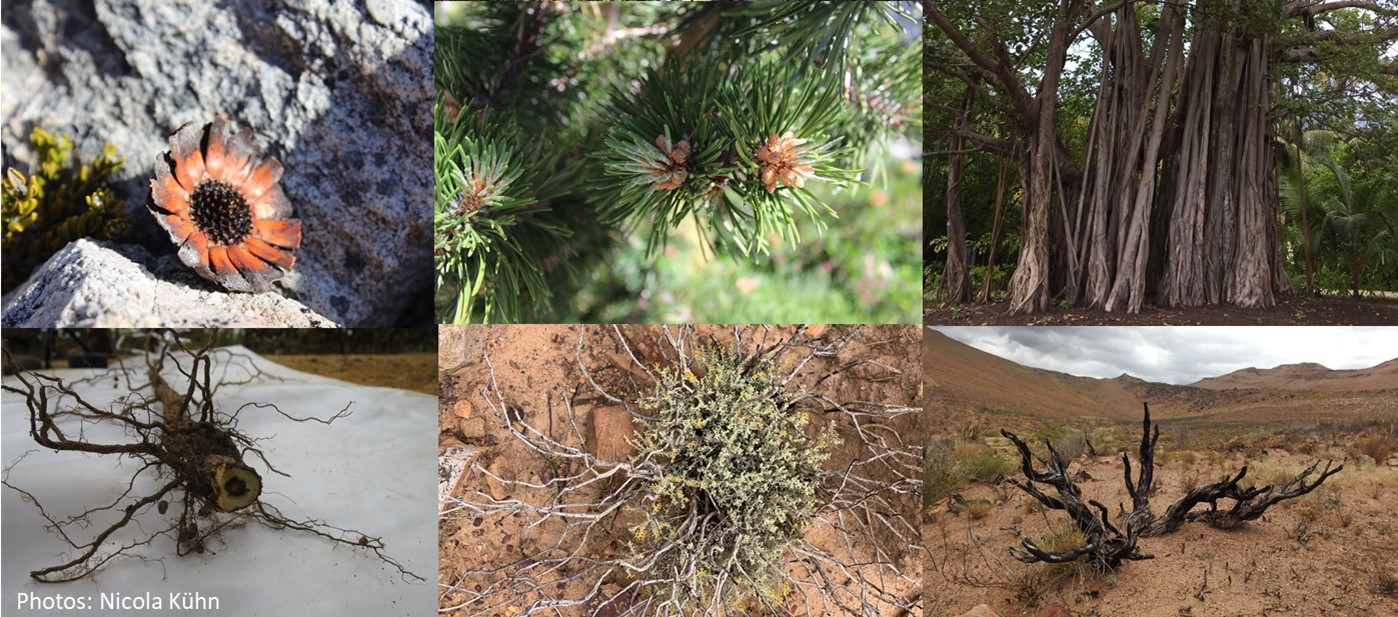Money well spent? – Conservation in Europe
September 28, 2016
Preservation of biodiversity within Europe is widely acknowledged as an important goal not only for the intrinsic value of biodiversity but also the important assets it provides in ecosystem services and associated human well-being. Key to counterbalancing loss of biodiverse land due to continued infrastructure development and land-use change a level of investment in conservation protection and research is critical. Currently c. 100,000 protected areas across Europe cover c. 6.2 million km2.
My research has examined public expenditure on protected areas and biodiversity conservation within the 18 countries[1] which are both member states of the European Union and the Organisation for Economic Co-Operation and Development to identify how effective public funding has been and whether ecological or economic factors are the driving force for gazettment of new protected areas.
Data from the assed ten-year timeframe from 2004-13 reveal that in all countries the number of protected areas cumulatively rose by 28%, as well as the area covered by two thirds. Across all countries the public expenditure stagnated relative to other expenditure and at no point did any country commit more that 0.35% of its GDP to conservation measures. Additionally, the analysis reveals large-scale disparities in conservation expenditure per area, e.g. 4,600 EUR in Estonia and c. 953,400 EUR in Portugal in 2006. The financial resources spent on average per km2 in 2013 still fall significantly below the EU-recommended 6300 EUR per km2.
Multiple linear regressions indicate that only financial factors and no land-use variables or stressor associated with high opportunity cost of land contribute. Therefore, protected areas are currently regarded as an economic consideration.
Thus while a commitment to more protected areas and continued investment by all countries appears to have occurred over the past 10 years, the monetary investment has not increased. In order to bring around the necessary change in conservation paradigms such as the identification and conservation of biodiversity for the natural capital it provides and development of resilience against long-term stressors such as climate change, this lack of funding is a serious omission in the budgets of all examined countries. Furthermore, the disparity between countries’ conservation finances supports a strong case for more bilateral and regional co-operation within conservation design and upkeep of networks.
This blog is based on research currently under review for publication.
[1] Austria, Belgium, Czech Republic, Denmark, Estonia, Finland, France, Germany, Hungary, Ireland, Italy, Luxemburg, the Netherlands, Portugal, Slovakia, Spain, Sweden, and United Kingdom
Also on the Blog...
Globally important plant functional traits for coping with climate change
By Nicola Kühn on December 1, 2021

“Look closely at nature. Every species is a masterpiece, exquisitely adapted to the particular environment in which it has survived.” E.O.Wilson From the early Greek philosophical musings of Empedocles and Aristotle ... Continue reading
The value of systematic evidence synthesis for land use decision-making and practice
By Dr Gillian Petrokofsky on November 9, 2021
Systematic evidence syntheses were adopted in environmental management and conservation in 2006 “to promote and deliver evidence syntheses on issues of greatest concern to environmental policy and practice as a ... Continue reading
Do flying cows have to pay a carbon offset?
By Professor Katherine J. Willis on October 26, 2021
Last week I learnt an interesting fact relating to carbon offsets when flying – if you fly business class you need to pay x 2.5 more carbon offset because of ... Continue reading
Ancient Plants, New Approaches
By Anna Lee-Jones on September 29, 2021
Encased within the unique Ryhnie Chert fossil system are some of the best-preserved early land plants in the world. Using pioneering digital technologies, we were able to reveal the developmental ... Continue reading
The Spanish Conquest & the Forests of Guatemala.
By Dr. William J. Harvey on July 12, 2021
Following the Spanish conquest of the territory that is now modern Guatemala (1524–1541 CE), the anthropogenic use of land use was radically transformed to support livestock husbandry, agriculture, large-scale timber extraction, mining, ... Continue reading


